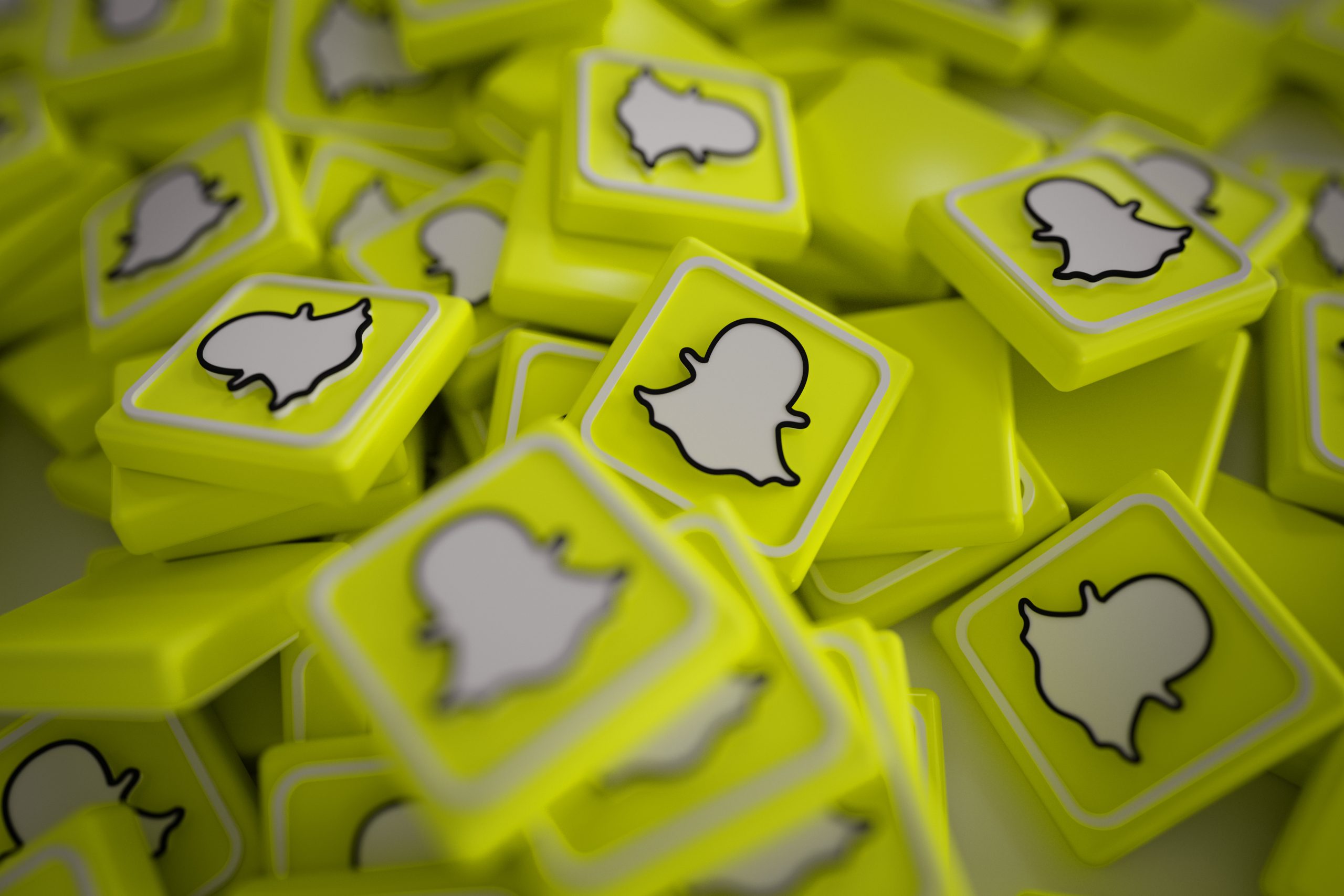Snapchat is a popular social media platform known for its ephemeral nature, where messages, photos, and videos disappear after being viewed. However, many users wonder if Snapchat can recover deleted messages. Also If you are a Snap freaky then you have to know How to Change Snapchat Streak Emoji.
Can Snapchat Recover Deleted Messages?
Snapchat is designed with privacy in mind, and once a message or media is viewed or expired, it is deleted from the sender’s and recipient’s devices. This means that in its default state, Snapchat doesn’t retain a history of your messages. Therefore, Snapchat itself doesn’t have a built-in feature to recover deleted messages once they have disappeared.
However, there are some scenarios where message recovery may be possible, especially if you act quickly:
1. Message Replay
Snapchat offers a feature called “Replay” that allows you to replay a Snap once per day. This can be useful if you want to view a message again shortly after it is received.
2. Screen Recording
Users can capture messages using screen recording tools or by taking screenshots before the message disappears. While this method doesn’t technically recover deleted messages, it allows users to retain a copy.
Now that we’ve explored “Can Snapchat recover deleted messages?”, let’s dive deeper into the factor that “how far back can Snapchat messages be recovered?”
How Far Back Can Snapchat Messages Be Recovered?
Snapchat’s ephemeral nature is its defining feature, and messages are designed to disappear once viewed. The platform itself does not provide a feature to recover messages from the past, making it challenging to retrieve older messages.
To answer the question of how far back Snapchat messages can be recovered, the general rule is that once a message expires or is viewed, it cannot be retrieved from Snapchat’s servers or the app itself. Therefore, the time frame for message recovery is extremely limited, often just a matter of seconds to minutes depending on the sender’s settings.
1. No Built-In Message Recovery
Snapchat’s commitment to ephemeral messaging means that the platform does not offer a built-in feature to recover messages from the past. Once a message is sent and viewed, it is designed to be deleted from both the sender’s and recipient’s devices, leaving no trace of its existence. This design choice aligns with Snapchat’s core philosophy of promoting candid and temporary exchanges.
2. Time Limitations For Message Recovery
To determine how far back Snapchat messages can be recovered, we must understand the platform’s operational mechanics. The general rule of thumb is that once a message expires or is viewed, it cannot be retrieved from Snapchat’s servers or the app itself. This means that the time frame for message recovery is exceptionally limited.
A. Seconds To Minutes
The fleeting nature of Snapchat messages often means that the window for recovery is just a matter of seconds to minutes, depending on the sender’s settings. By default, Snapchat messages disappear after they are viewed or after a short period of time if left unopened.
B. Snapchat Stories
Snapchat Stories, a feature where users can share photos and videos for 24 hours, also adheres to the same principles of ephemeral content. After 24 hours, these Stories automatically vanish, and there is no built-in option to recover them.
3. Third-Party Apps & Risks
While Snapchat itself doesn’t offer a message recovery feature, it’s essential to note that there are third-party applications and services that claim to provide message recovery solutions. However, using these services can be risky, as they may violate Snapchat’s terms of service, potentially leading to account suspension or other consequences.
Now that we’ve explored the limitations of message recovery on Snapchat, let’s shift our focus to another intriguing aspect of the platform’s functionality: the possibility of recovering Snapchat messages from blocked users.
Recover Snapchat Messages from Blocked Users
Blocking someone on Snapchat serves as a useful tool to limit their interactions with you, but it’s important to clarify that it doesn’t offer any specialized message recovery options. When you block a user, you effectively cut off their access to your content, which includes messages they may have sent you.
However, this action does not empower you to retrieve deleted messages from your blocked contacts. Snapchat’s primary intent with blocking is to provide users with control over their connections and safeguard their privacy, rather than facilitating the retrieval of past conversations.
Therefore, if message recovery is your goal, it’s crucial to explore alternative methods and keep in mind that Snapchat’s focus remains on user privacy and control.
Does Snapchat Data Include Blocked Accounts?
Snapchat’s commitment to user privacy has driven its evolving data retention policies. While Snapchat may store certain data related to your account for operational purposes, it’s highly improbable that blocked accounts are included in your data archive.
The primary objective of blocking on Snapchat is to prevent unwanted interactions, and this aligns with the platform’s ethos of safeguarding user privacy. As a result, Snapchat typically refrains from retaining messages or content sent by blocked users.
This practice underscores Snapchat’s dedication to maintaining a secure and controlled environment for its users, where blocking effectively severs connections without compromising privacy.
Conclusion
Snapchat’s design emphasizes the ephemeral nature of messages, making it challenging to recover deleted messages from the platform itself. While there are some limited methods for retaining messages briefly, such as replays and screen recordings, these are not true message recovery options.
Snapchat’s data retention policies prioritize user privacy, and it is unlikely that messages from blocked accounts are included in your data archive. Therefore, users should keep in mind that once a Snapchat message is gone, it is typically gone for good.

